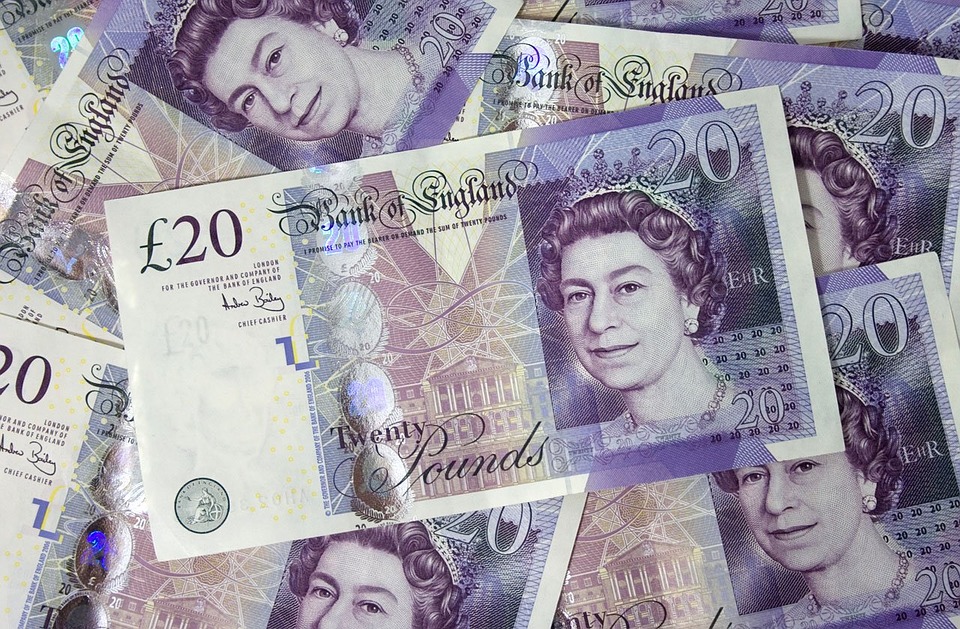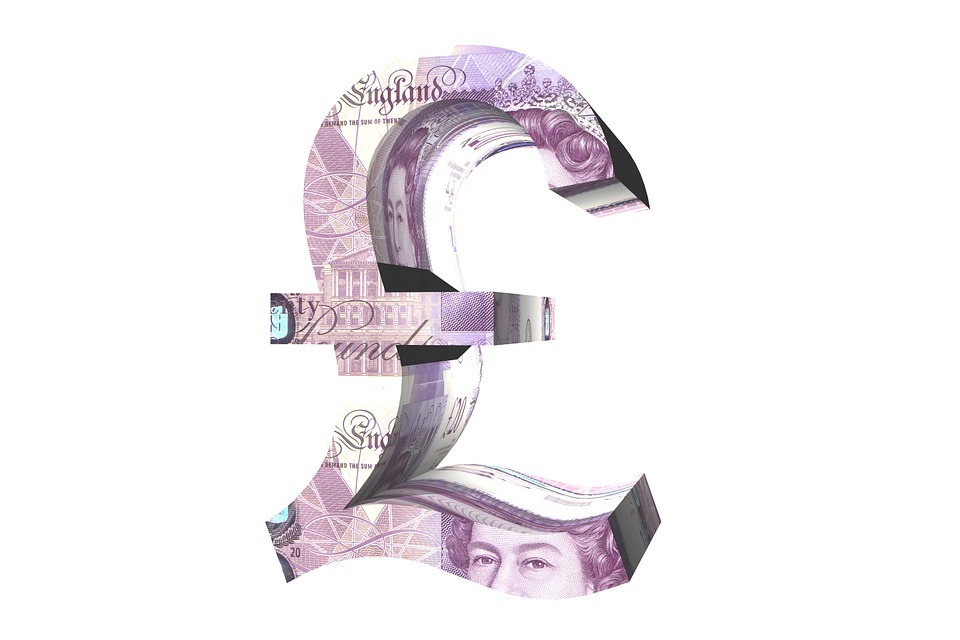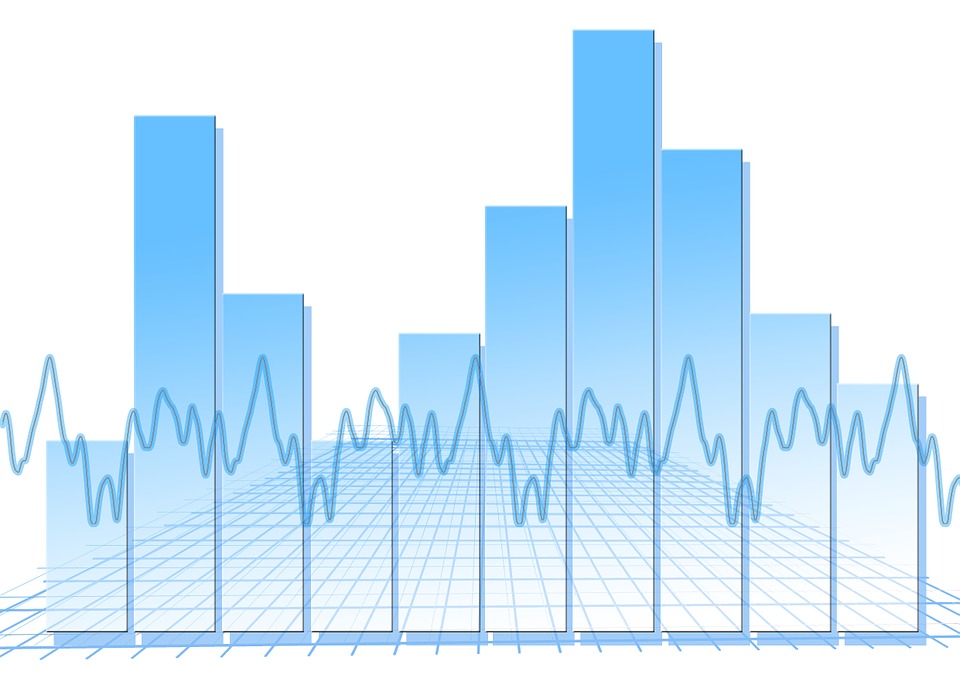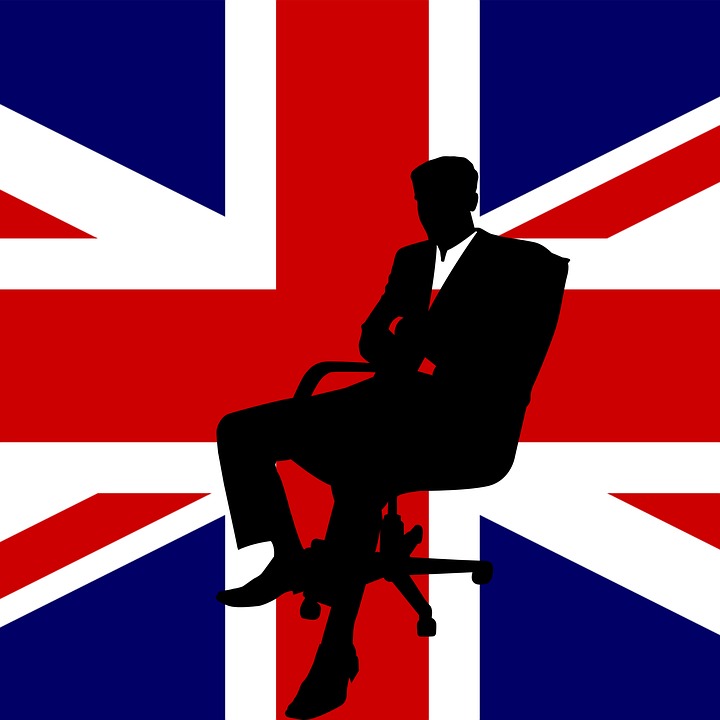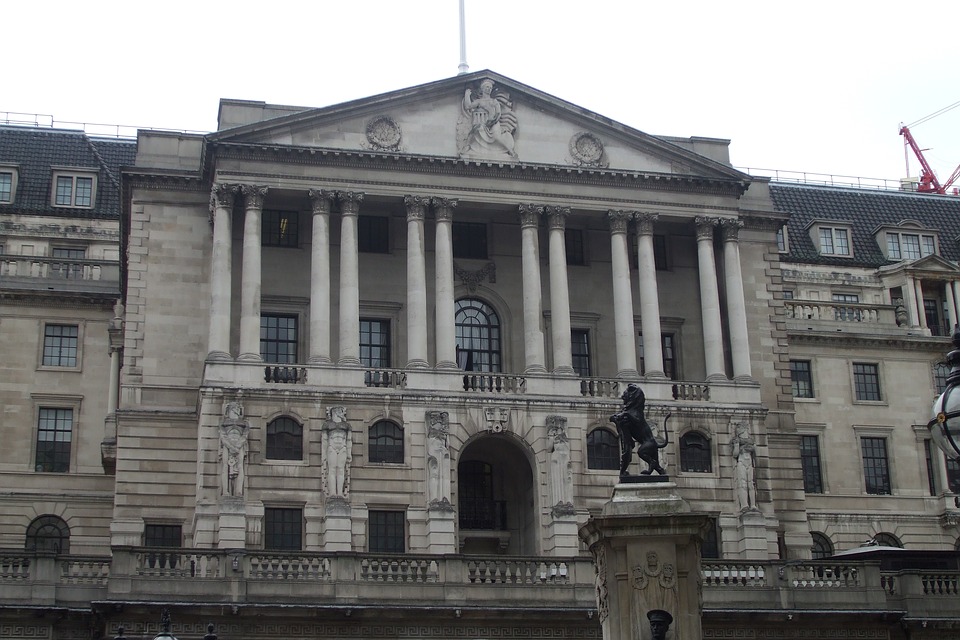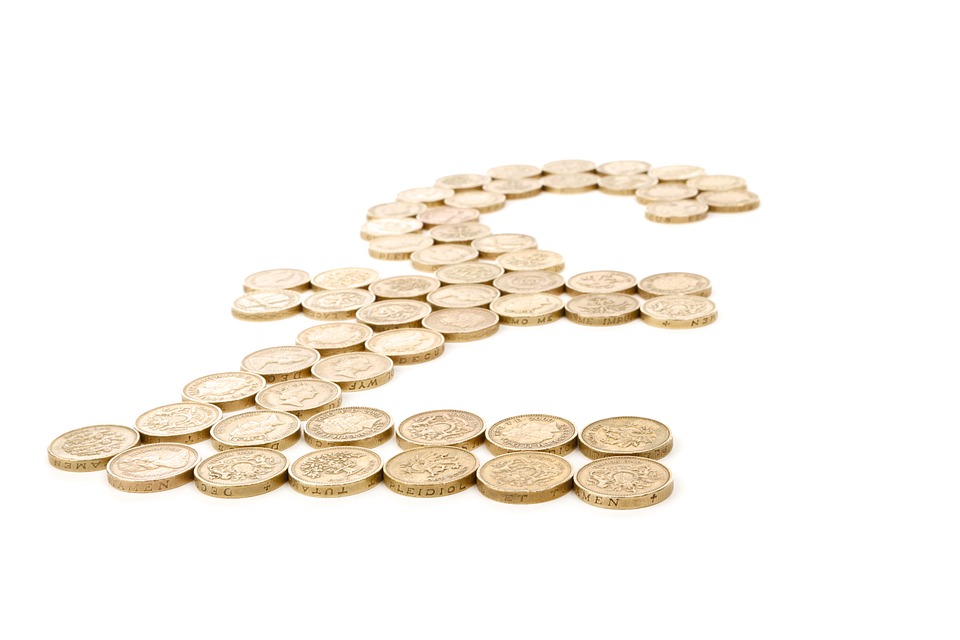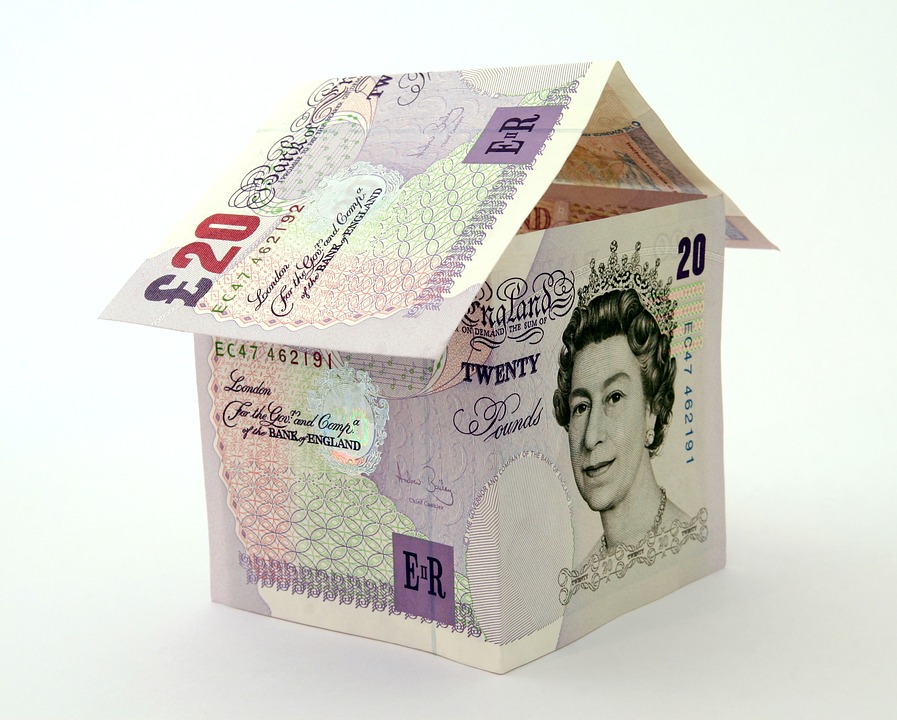Britain’s housing market is perking up and consumer confidence has neared a two-year high, according to figures on Monday that probably keep the Bank of England on track to raise interest rates this week.
The data from the BoE and European Commission are likely to bolster the central bank’s view that Britain’s economy, while growing only slowly, has recovered from an early 2018 slowdown caused by an unusually cold winter.
Britain has lagged behind most other rich economies since the 2016 vote to leave the European Union. But the BoE has said it needs to raise rates because even Britain’s slow growth is likely to generate too much inflation.
Separately, a European Commission survey on Monday indicated that British consumer confidence rose to its highest level since September 2016, shortly after the Brexit referendum.
“The further pick-up in households’ and corporates’ borrowing in June strengthens the case for the (BoE) to raise interest rates at its meeting on Thursday, though we doubt that the recovery has further to run,” Samuel Tombs, an economist at consultancy Pantheon Macroeconomics, said.
Previously published surveys have shown a downbeat outlook for the housing market and subdued lending plans from major British banks, he said.
Most economists polled by Reuters think the BoE will raise rates to a new post-financial crisis high of 0.75 percent on Thursday. [BOE/INT]
However, some economists are concerned that domestically generated inflation pressure – mostly from wage growth – is actually weakening, which would make a rate hike unnecessary and even damaging to households.
“Mindful of the global and domestic macro and political backdrop – namely ongoing UK government instability – I continue to believe that a prospective rate hike is an unnecessary risk,” Sajiv Vaid, a portfolio manager with Fidelity, said.
Monday’s BoE figures showed net mortgage lending rose by 3.851 billion pounds, while consumer lending increased by 1.567 billion pounds compared with a forecast rise of 1.3 billion pounds.
The BoE has played down any suggestion of a debt bubble, though it has acknowledged pockets of risk and required banks to set aside more money against the risk of bad loans.
Source: UK Reuters

